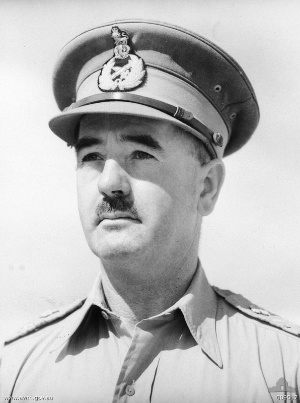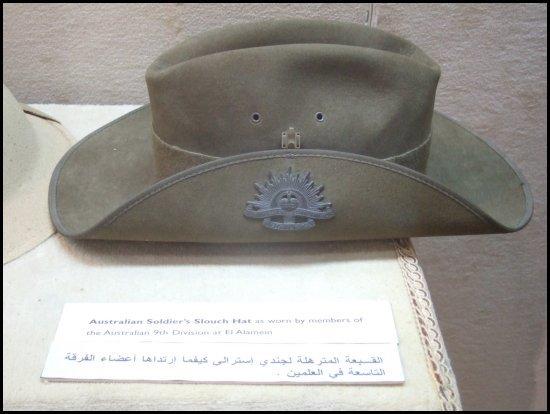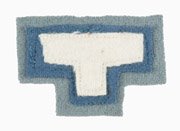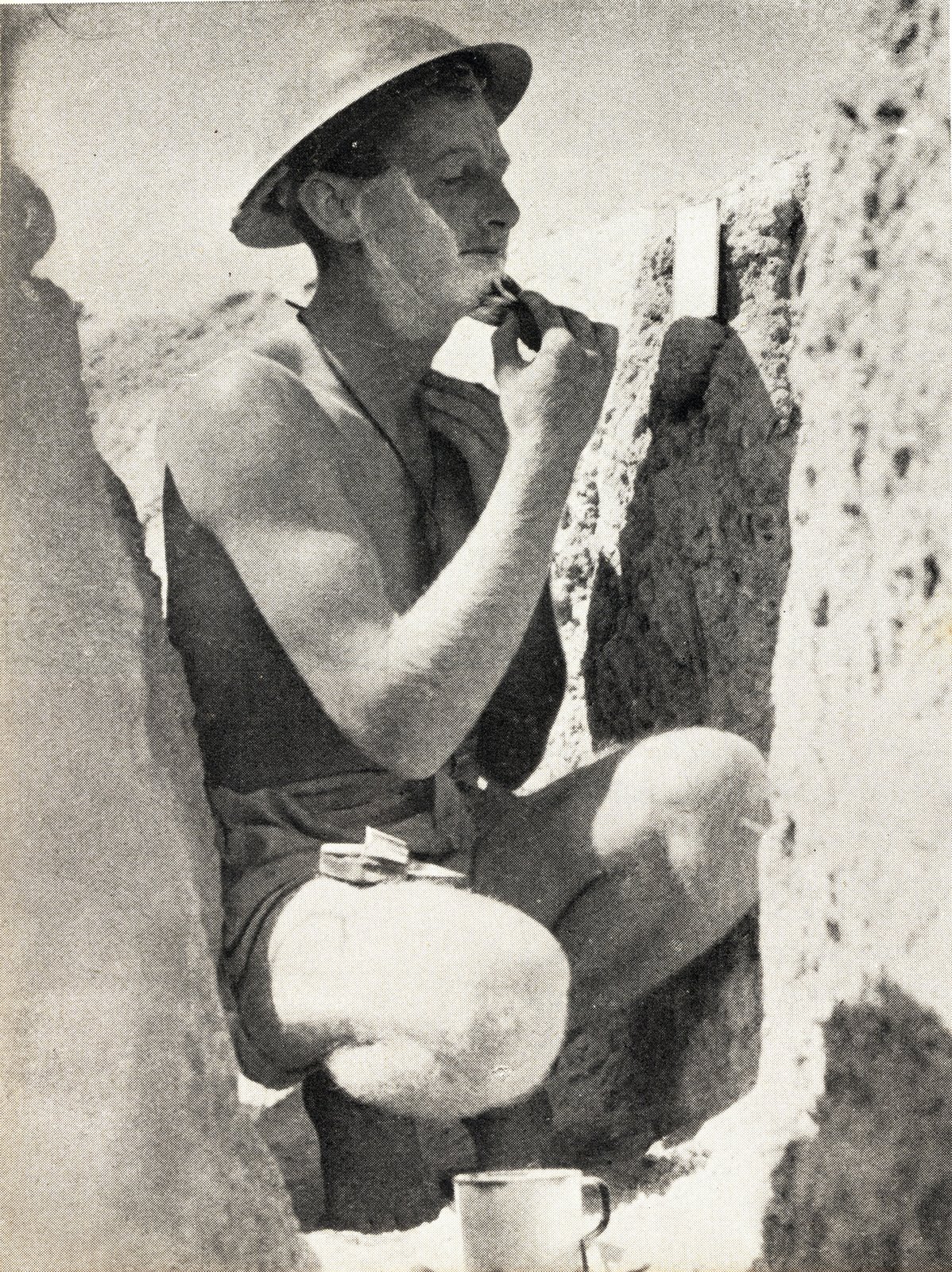
Tobruk, Libya. 15th September, 1941.
The German 50mm Mortar.
This unidentified member of the 9th Division Salvage Unit demonstrates how easy it is to fire a captured German 50mm mortar. Equipment like this was invaluable to the Australians as at the time they occupied Tobruk, they were short of many items, especially weapons.
This 50mm Mortar was designed for use by infantry units. Ideally it would be operated by a crew of two. One to aim and steady the weapon, the other to fire it. Even with it's base plate it was still man portable. The High Explosive shells had an approximate rage of 500 yards and each shell weighed about 2.25lbs (approx 1kg). Many such mortars occupied the area known as "the salient" and they had a distinctive 'whoosh' sound when fired. Troops in forward posts would hear the sound of the mortar firing and would literally have a matter of seconds to take cover. In open ground these weapons can be devastating on soft targets like infantry.
The 9th Division's Salvage Unit was one of the most important units of the western desert campaign. Up until Alamein, the 9th Division was predominantly under equipped and poorly armed. Making use of captured enemy weapons and equipment soon became a necessity. The 9th Division Salvage Unit would be like ants at a picnic. Anything that could be salvaged from the battlefield and repaired, reused or recycled would be devoured and put back into the hands of the 9th Division's troops to use against their former owners. The Australian ability to scrounge and salvage was legendary.
image 020752 Australian War Memorial.








No comments:
Post a Comment